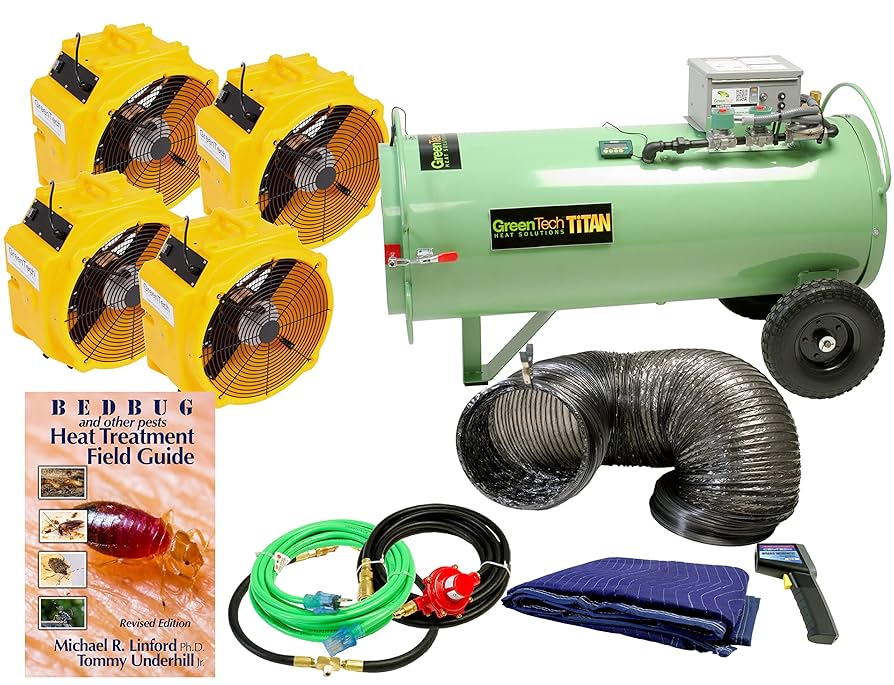Unknown Facts About Bed Bug Services
The Basic Principles Of Bed Bug Services
Table of ContentsThe Best Strategy To Use For Bed Bug Services8 Simple Techniques For Bed Bug ServicesBed Bug Services Things To Know Before You Get This
Thermal remediation is one of the most effective solutions for eradicating bed bugs from homes, apartments, and commercial properties. Unlike chemical sprays that work only on direct contact, thermal methods reaches all hiding spots, destroying all stages of the infestation in a single session. Understanding how this process works helps clients feel confident in choosing this method.The principle of heat treatment is well-studied and reliable. Bed bugs die when the environment reaches extreme heat. Research indicates that temperatures around 122°F (50°C) can kill bed bugs. To guarantee all insects die, professionals usually heat the area to 135°F–145°F so that hidden spots reach lethal levels. Maintaining high temperatures long enough ensures that every hiding place is affected.

Everything about Bed Bug Services
When the heating process starts, they use specialized heat equipment along with air movers to circulate hot air. Rather than immediately blasting heat, the temperature is raised slowly, which prevents damage and reduces the chance of bed bugs escaping to cooler spots.

After the treatment, the space begins cooling and the area is left to naturally cool. Many companies perform post-treatment inspections and provide detailed reports showing what temperatures were achieved and how long they lasted. This proof offers peace of mind and proves the infestation was treated.
Heat treatment is preferred for many infestations. It does not involve pesticides, which is perfect for households avoiding chemicals. It is often fast and efficient, allowing businesses to reopen promptly - Bed Bug Services. Heat also reaches deep into furniture, walls, and other hidden areas. Unlike some methods, it kills all stages of bed bugs at once, saving time and money
The 10-Second Trick For Bed Bug Services
While highly effective, heat treatment may not be perfect for every situation. It can be a higher upfront investment, particularly in big homes. Reinfestation is possible if bed bugs are reintroduced, so vigilance about his is necessary. Certain items require removal or protection, and in multi-unit housing, follow-up monitoring is critical.
Many professionals follow heat with inspections and preventive measures to catch any stragglers. Intercepting traps, passive monitors, and selective residual sprays can help verify the treatment’s success.
After treatment, long-term prevention is key. Regular inspections of mattresses, upholstery, you could try this out and closets help catch early signs of activity. Mattress and box spring encasements trap bed bugs, while limiting hiding spots can minimize future infestations. Being mindful of used items is also important to prevent bed bugs from returning.
Heat treatment offers a highly effective solution for moderate to severe bed bug infestations. It provides a chemical-free, comprehensive approach that removes pests completely. When managed carefully, it resolves even stubborn infestations without the lingering effects of chemicals, allowing residents or business owners to return to normal life.